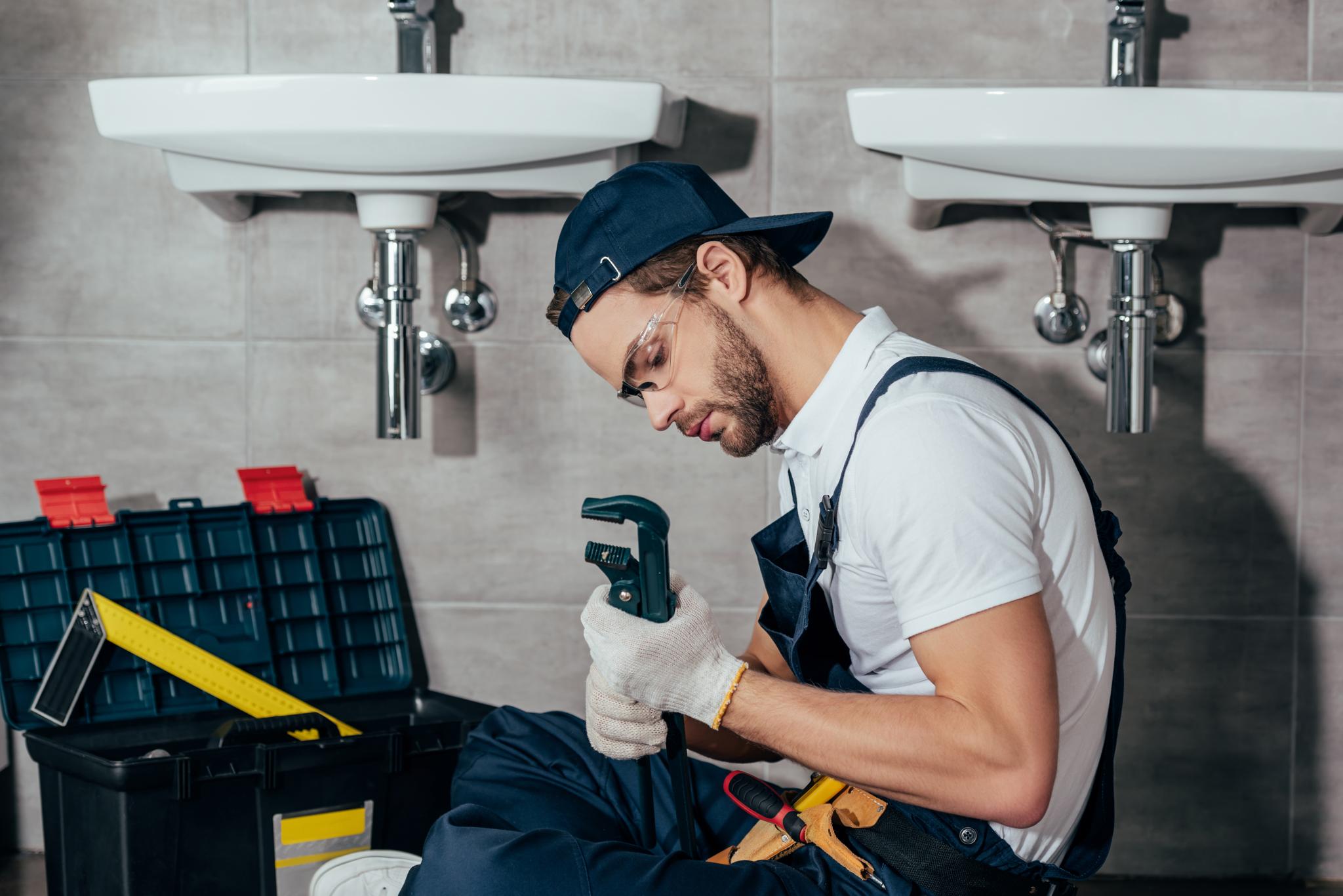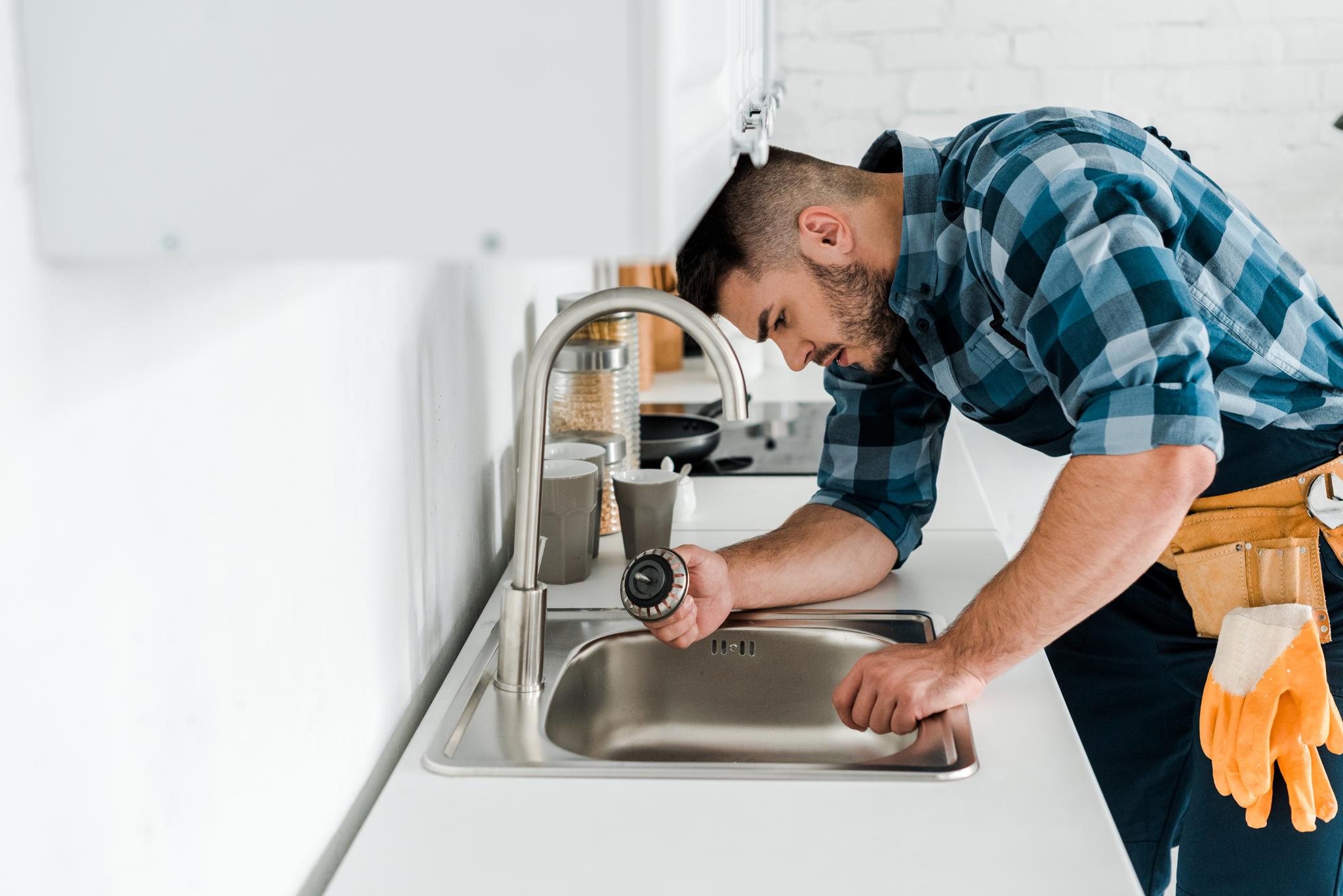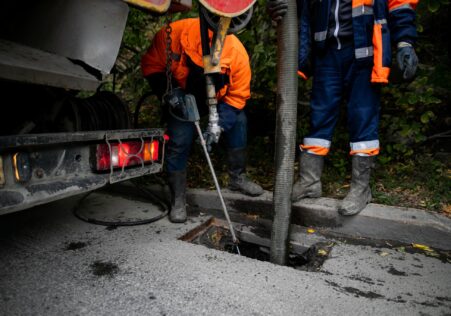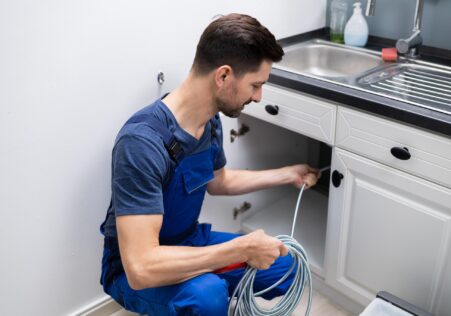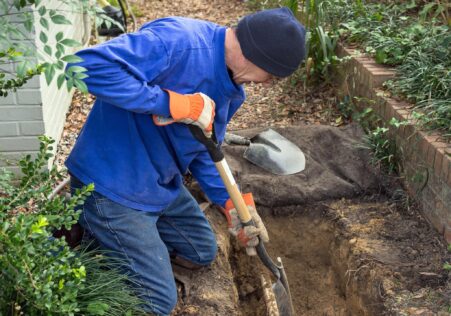How to Choose the Right Pipe Relining Material for Your Home
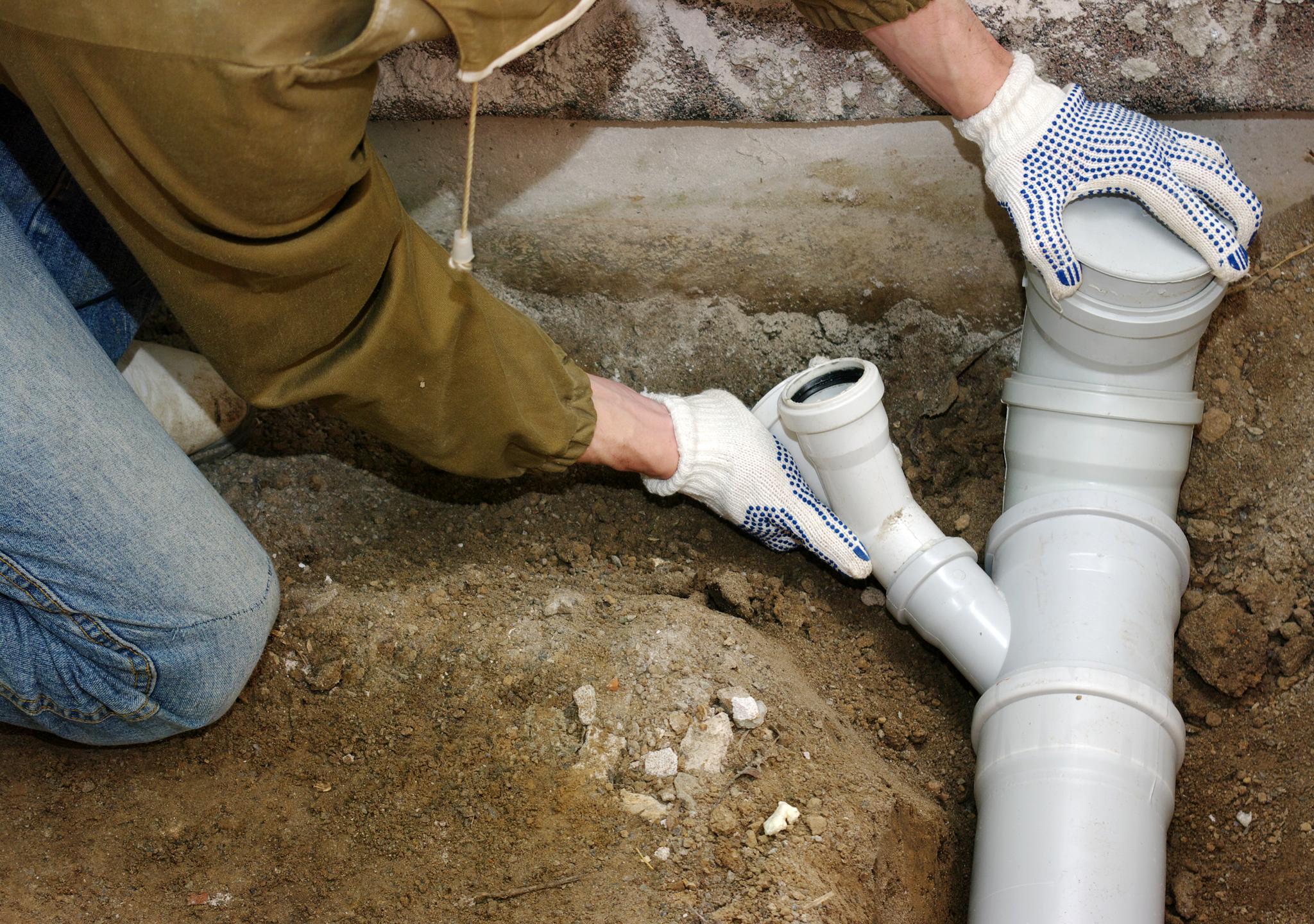
Making sure your plumbing is in good order is essential but the pipes could become worn-out as time passes. The most common method for replacing them is to dig away and removing the old pipes. This can be messy and costly. Pipe relining is a better, more cost-effective and convenient option.
Key Takeaways
- Pipe relining can be a cost-effective alternative to traditional replacement of pipes methods.
- Making the right choice of pipe relining material is essential to its effectiveness and long-term durability.
- The factors to consider when selecting pipe relining materials are conditions, flow capacity cost, durability, and maintenance
- Types of pipe relining materials include Cured-in Place-Pipe (CIPP), Fiberglass Pipe Lining, as well as Cast Iron Pipe Lining.
- Relining pipes results in a new "pipe within the pipe" which helps restore full functionality without requiring the elimination of pipes.
But with so many different materials available for pipe relining It is essential to select the appropriate one. This guide will help you understand what you need to think about when choosing an appropriate pipe relining product that suits your needs and budget.
What exactly is Pipe Relining?
Before we get into the process of selecting the correct pipe for relining, let’s go over what it is.
Relining pipes is a process which involves inserting an epoxy liner in damaged or degraded sewer lines, water mains or any other underground pipe system, thereby preventing leaks and root infiltration. It essentially creates a new "pipe within the pipe" which helps restore full functionality without requiring the removal of existing pipes.
The benefits of relining pipe include:
- Minimizes excavation works
- Reduces the cost that are associated with traditional methods
- Less messy compared to excavation
There are many advantages but selecting the appropriate material to line your home is vital when it comes to efficiency and longevity.
Take into account the following when selecting pipe relining Materials
- The environment: Another of the vital aspects to be aware of when selecting the pipe lining material you choose should be the surrounding. The external environment will determine the durability of the liner will remain free from the effects of chemicals, humid conditions among others.
- Capacity of Flow The term "flow capacity" could refer to the volume of liquid that flows smoothly over your plumbing after installing new liners.
- Durability Durability is a measure to determine how long it will last when exposed to tough environments like excess amounts of moisture, chemicals and other tough conditions.
Costs
Additional Information
- CCTV Drain Inspection: A Cost-Effective Solution for Unblocking Blocked Drains
- Say Goodbye to Frequent Clogging: Reasons to Invest in Pipe Relining Services
- Save Money with These Simple Drain Maintenance Techniques
- DIY Methods for Clearing Blocked Drains at Home
- CCTV Drain Inspection vs. Traditional Methods: Which is Right for Your Business?
- Why Spotting How Your Piping Necessitate Replacement
- From Clearing Clutter to Securing Access Points: The Preparations You Need for a Successful CCTV Drain Inspection
- Exploring the Pros and Cons of Pipe Relining and Pipe Replacement
- Sewer Relining for Environmental Sustainability
- When to Call a Professional for Blocked Drains: A Guide


